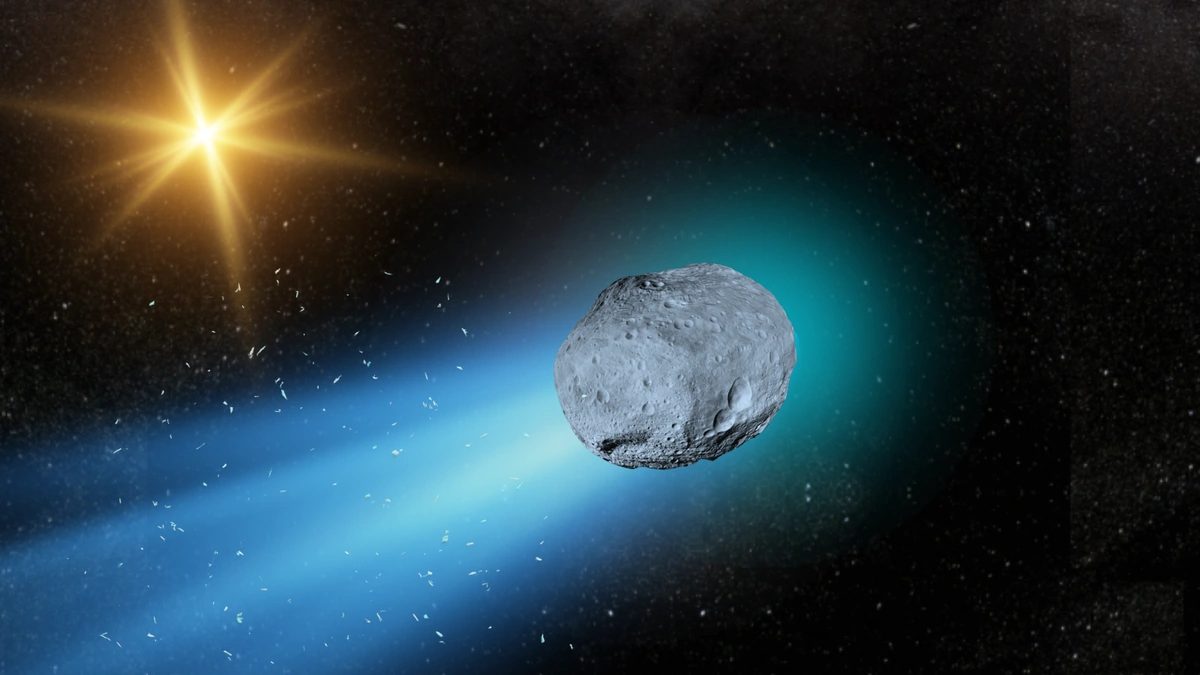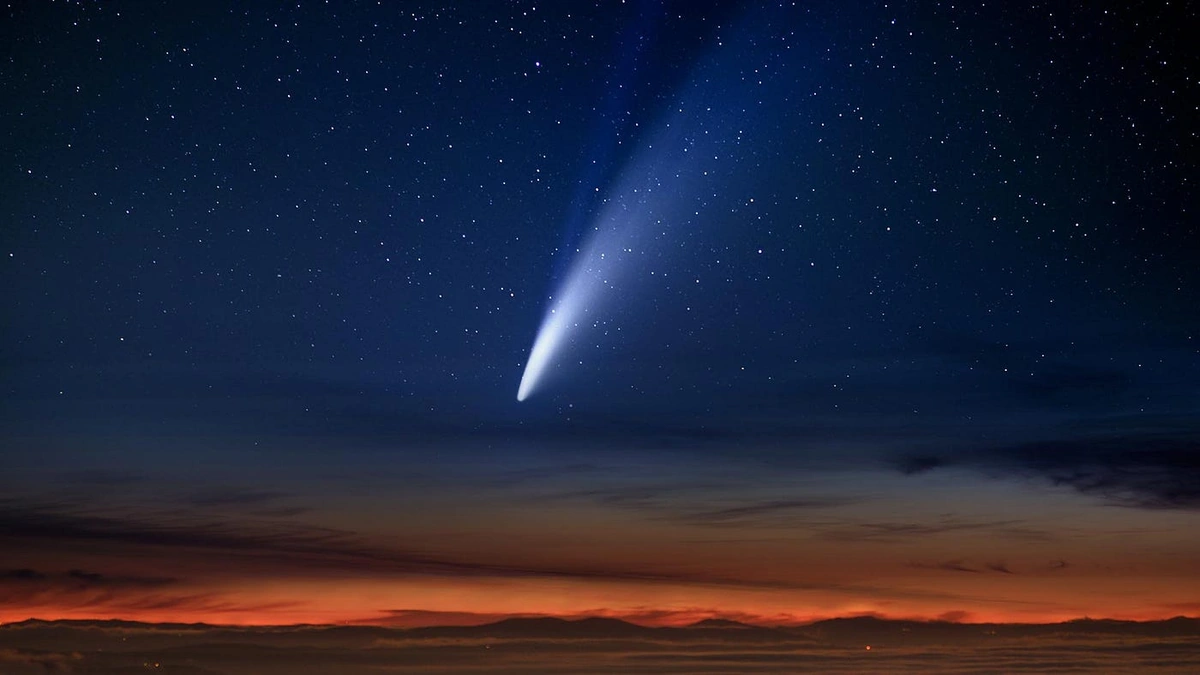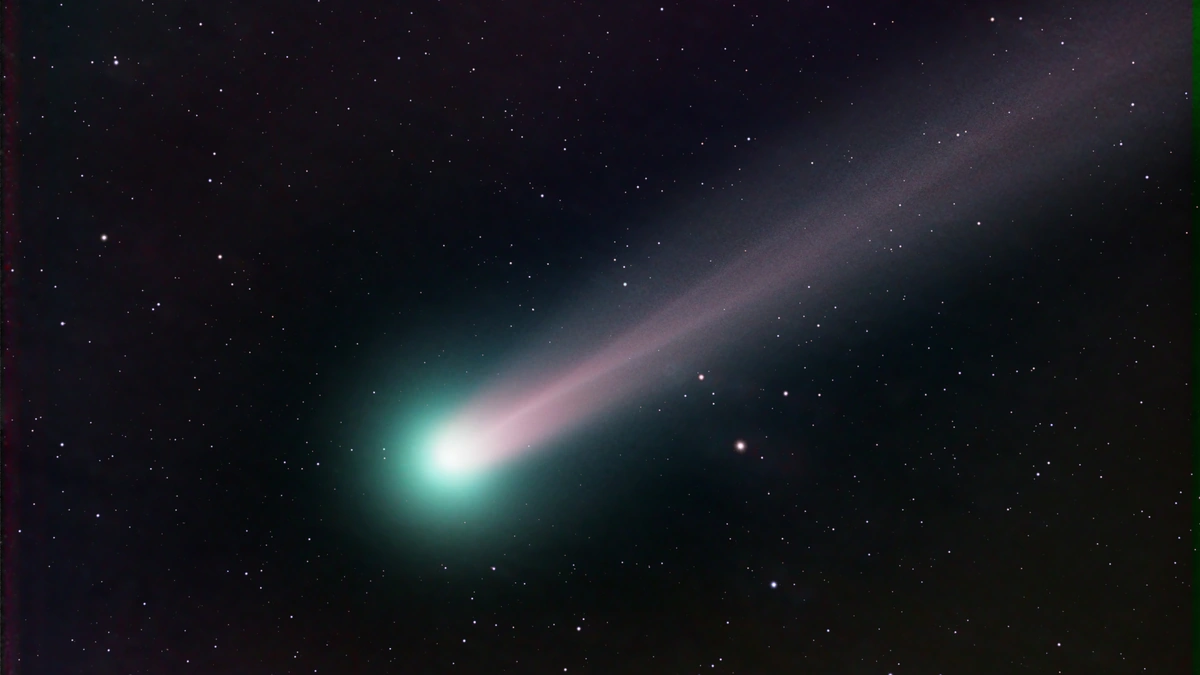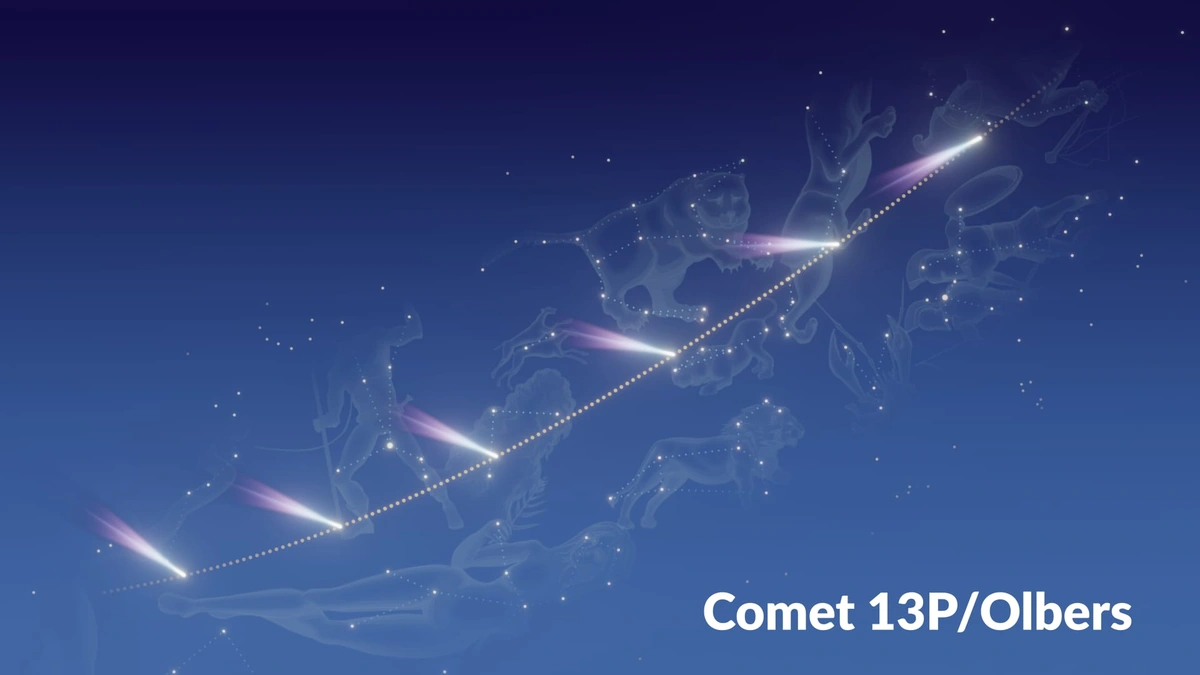Interstellar Visitors | How 3I/ATLAS, 2I/Borisov, and Oumuamua Are Challenging Planet and Comet Formation Theories
Okay, so you’ve heard about comets and asteroids. Big deal, right? We’ve got those buzzing around our own solar system like cosmic dust bunnies. But what happens when those space rocks aren’t ours? What if they’re… visitors? That’s where things get interesting and where 3I/ATLAS, 2I/Borisov, and Oumuamua waltz onto the scene, challenging everything we thought we knew about planet formation theories .
The thing is, these aren’t just any old space rocks. These are interstellar visitors , hailing from beyond our solar system. And their bizarre characteristics are making scientists scratch their heads, rewrite textbooks, and generally question the celestial status quo. Buckle up; this is going to be a wild ride.
Why Should We Care About Some Space Rocks?
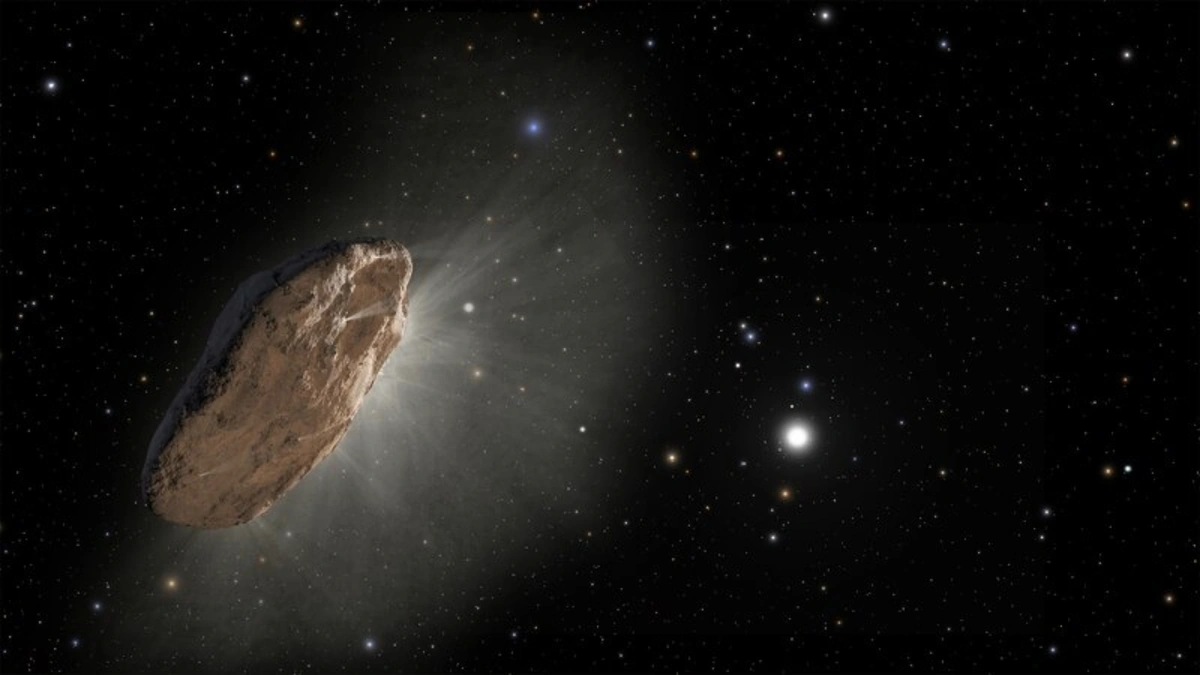
Let’s be honest – most of us are more concerned about the price of petrol than the trajectory of a comet. But here’s why these interstellar interlopers matter. They’re messengers from other star systems. Think of them as cosmic postcards, giving us clues about how planets form around other stars. Every weird wobble, every unexpected chemical signature – it’s all data that refines (or completely shatters) our existing models. And that, my friends, is a pretty big deal.
See, our current understanding of comet formation and asteroid formation is largely based on what we see in our own backyard. But if these interstellar objects don’t fit the mold – and, spoiler alert, they often don’t – it suggests that planet formation is a much more diverse and chaotic process than we ever imagined. It’s like realizing that your family recipe for apple pie is completely different from how they make it in France. Suddenly, you’re not just thinking about apples and cinnamon; you’re thinking about culture, history, and the myriad ways to achieve the same delicious outcome.
And get this, if exotic space objects like Oumuamua are common, it changes our perspective on the ingredients available when planets form. What’s more, studying 3I/ATLAS’s orbit , 2I/Borisov’s composition , and Oumuamua’s strange shape helps us understand the probability of life elsewhere. Maybe, just maybe, they carried something of great importance. These are profound questions.
3I/ATLAS | The Comet That (Probably) Didn’t Live Up to the Hype
Ah, 3I/ATLAS. Remember the buzz? It was supposed to be the “comet of the century”! Astronomers got all excited because it was brightening rapidly, hinting at a spectacular show. But, as is often the case with celestial events, it fizzled out. 3I/ATLAS, instead of becoming a dazzling spectacle, fragmented. This disintegration, while disappointing for skywatchers, provided valuable insights into the comet’s composition. Turns out, it was likely a relatively fragile object, easily broken apart by the sun’s heat and tidal forces.
But, this “failure” is actually quite interesting. Why? Because it tells us something about the conditions in its home system. Was it bombarded by more radiation? What exactly are these Oort cloud analogs made of?Meteor Showers were a regular topic when 3I/ATLAS was at its closest approach.
2I/Borisov | A More ‘Traditional’ Interstellar Comet… Or Is It?
Then we have 2I/Borisov, discovered by amateur astronomer Gennady Borisov. Unlike Oumuamua, 2I/Borisov behaved more like a “normal” comet, sporting a coma (that fuzzy atmosphere) and a tail. This allowed astronomers to study its composition in detail. What they found was fascinating. 2I/Borisov’s composition was surprisingly similar to comets in our own solar system. But (and this is a big ‘but’), there were subtle differences, hinting at different formation conditions.
What fascinates me is that 2I/Borisov offers a kind of baseline. It’s a relatively “normal” interstellar comet , allowing us to compare it to the more bizarre Oumuamua. It’s like having a control group in an experiment. According to Wikipedia , this provided crucial insights.
Oumuamua | The Cosmic Enigma That Keeps on Giving
And now for the star of the show: Oumuamua. Discovered in 2017, this object caused (and continues to cause) a massive stir in the scientific community. Its elongated shape, its unusual trajectory, and its lack of a detectable coma – everything about Oumuamua screamed “weird!” Some even speculated (though this is considered highly unlikely) that it could be an alien spacecraft. While that’s probably not the case, Oumuamua undoubtedly represents something entirely new. Oumuamua’s behavior continues to challenge our expectations.
What fascinates me is that Oumuamua isn’t just about what we know. It’s about what we don’t know. It’s a big, flashing question mark in the sky, forcing us to reconsider our fundamental assumptions about planet formation and the diversity of objects that can exist in the galaxy. The impact of Oumuamua’s discovery is still being felt.
But, here’s the thing: Oumuamua also highlights the limitations of our current detection methods. We only saw it after it had already passed through our solar system. Who knows how many other Oumuamua-like objects are out there, silently traversing the cosmos, waiting to be discovered?
These interstellar visitors are rewriting the rules of celestial mechanics and our understanding of planetary evolution. Each passing comet or asteroid is more than just a speck of rock; it’s a data point. The composition of 3I/ATLAS’s orbit , the way Oumuamua reflects sunlight, and the rate at which 2I/Borisov is outgassing all paint a picture of planet formation that’s far more colorful than scientists previously believed.
FAQ About Interstellar Visitors
What exactly are interstellar objects?
Interstellar objects are celestial bodies, like comets or asteroids, that originate from outside our solar system. They’re essentially cosmic travelers from other star systems.
How do we know they’re from outside our solar system?
Their trajectories! Interstellar objects have hyperbolic orbits, meaning they’re moving too fast to be gravitationally bound to our sun. They’re just passing through.
What’s so special about studying these objects?
They provide valuable clues about the composition and formation of planetary systems around other stars. It’s like getting a sneak peek at someone else’s cosmic kitchen.
Are there more interstellar objects out there?
Almost certainly! Oumuamua and 2I/Borisov were the first confirmed interstellar objects, but scientists believe many more are out there, waiting to be discovered. Improved detection methods will likely reveal more in the future. Interstellar travel is not just in movies!
Could these objects pose a threat to Earth?
While any space rock could potentially collide with Earth, the chances of an interstellar object doing so are extremely low. Scientists are constantly monitoring the skies for potential threats.
How does the composition of 2I/Borisov challenge current models?
2I/Borisov displayed a rich carbon monoxide composition. It showed the object formed in an incredibly cold environment. Such a discovery challenges standard models of molecular cloud structure.
